Microseason Forecast for Oct 23-28 ~ Notes from the Japanese Almanac
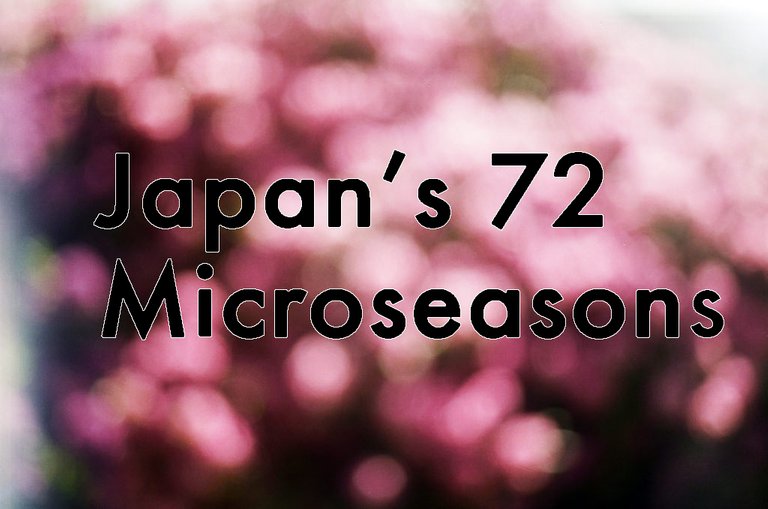
Today begins a new microseason! If this is your first time joining us, scroll down past the forecast to read about what exactly a microseason is. For the rest of you, let’s jump in!
The Current Solar Term
Today, 23 Oct, begins sōkō (霜降), the 18th solar term (節気, sekki), which means Frost Falls. This is the season when frost starts to form. We can definitely feel the coming winter in the early morning, but now if you are an early-riser you might start to see it on exposed ground as well. If you have any flowers, their time is at an end.
Sōkō lasts until 5 Nov.
The Current Microseason: Frost Starts to Fall
Today, 23 Oct, also begins 霜始降, the 52nd microseason (候, kō) which is read shimo hajimete furu and means frost starts to fall. This is the first microseason of Sōkō, which is itself the sixth and last solar term of autumn.
This is where the 24 sekki starts to break down a little. When it was written, global warming wasn’t yet a thing. These days the average date for first frost in Tokyo is 20 Dec, which is another two months away!
That said, my buddy in Sapporo reports that he’s already seen frost up there, so it still holds for at least some of Japan.
At any rate, even with global warming, it is becoming colder and colder at night and that still lingers in the morning hours. I’ve already seen some people with winter coats out!
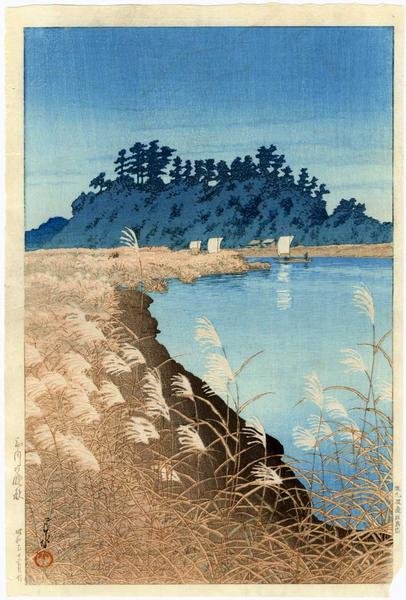
Seasonal Vegetable
The seasonal vegetable is Shimeji mushrooms. There are two common kinds. Hon-shimeji is quite rare and is said to have the best taste of all mushrooms. But it is almost impossible to find these days and can be even more expensive than matsutake mushrooms, which I posted about a while ago.
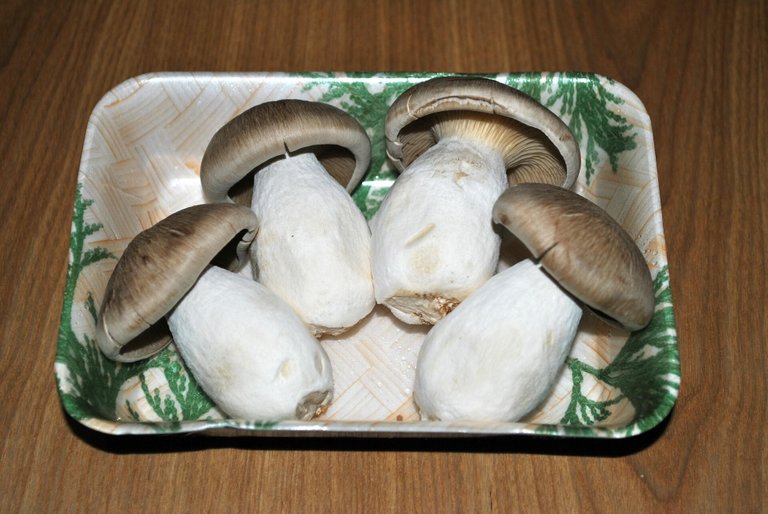
Hon-shimeji can be called Daikoku shimeji which refers to the god of wealth, plump Daikoku.
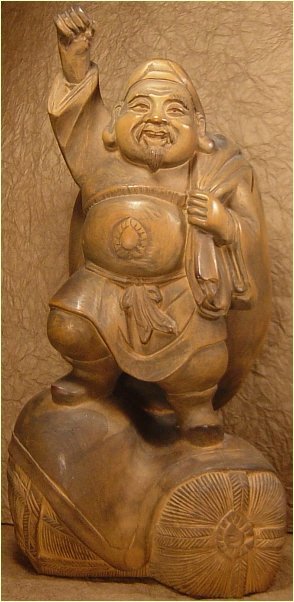
Much more common is buna-shimeji which can be artificially grown and so are very cheap and available everywhere. They’re quite good!
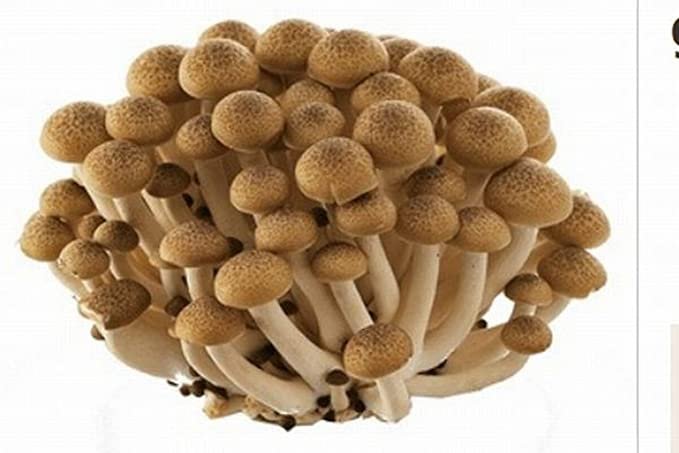
This is also the season for the first soba. Soba (buckwheat) is harvested around the same time as rice, maybe a little later. Soba is always good, but fresh soba is even better!
That in mind, here is a haiku for this microseason:
三日月の地はおぼろ也蕎麦の花
mikazuki no chi wa oboro nari soba no hana
under the crescent moon
the ground looks hazy—
buckwheat flowers
—Bashō
Soba, soba noodles, and all related words are kigo for winter, but soba no hana, soba flowers, are a kigo for autumn. If you read my haiku post a few days ago you’ll remember crescent moon (literally: third day moon) is also a kigo for autumn.

Will move this info to another post soon, but for now, briefly:
- each month has two seasons, giving us 24 seasons, which are called solar terms. This gives the system its name, the 24 Sekki (二十四節気). I usually refer to this entire system as The Japanese Almanac. It is more than a little similar to the American Farmer’s Almanac.
- each of these 24 seasons is further divided three more times, giving us a grand total of 72 seasons. There aren’t many English translations for these 72 seasons, but the few that exist seem to have settled on calling them microseasons, so I will use that here as well.
- each microseason is about 5 days. With time periods so short, they can get pretty specific about what in nature we might expect to be happening around now.
- The system was originally from China, but it was reformatted during the Edo era (1603–1868) to fit better with Japan’s climate. I find it also fits fairly well with much of the Eastern half of the US. But if you live in a different area, your milage may vary.
- The entire system is based on the equinoxes and solstices, so it is fluid and the exact dates will vary from year to year. Luckily there are a great many Japanese sources that do the astrological computations for us and tell us exactly when each one starts and ends every year.

The next microseason start on Oct 28th. See you then for the next forecast!
❦
 |
David LaSpina is an American photographer and translator lost in Japan, trying to capture the beauty of this country one photo at a time and searching for the perfect haiku. |
If this blog post has entertained or helped you, please follow/upvote/reblog. If you want to further support my writing, donations are welcome.
Your content has been voted as a part of Encouragement program. Keep up the good work!
Use Ecency daily to boost your growth on platform!
Support Ecency
Vote for Proposal
Delegate HP and earn more
This post has received a 100.00% upvote from @fambalam! Join thealliance community to get whitelisted for delegation to this community service.